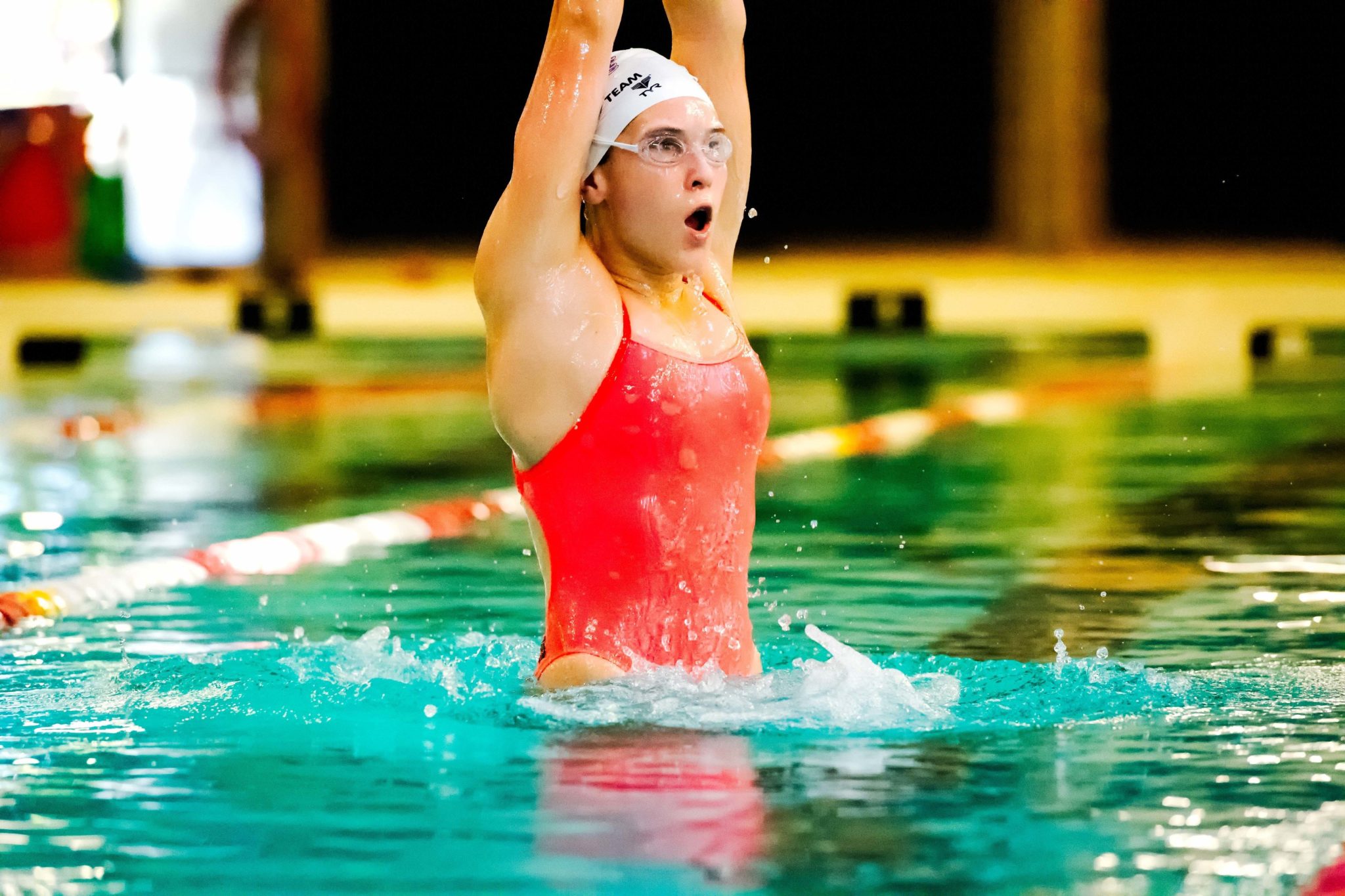
Muscle fatigue and swimmer’s ear are typical ailments associated with the sport of swimming no matter what one’s age. However, a recent study has found that a young swimmer’s teeth are at risk of damage with prolonged chlorine exposure.
Studying a set of athletes between the ages of 5 and 17 and comparing them to a similar set of non-swimmers, the University of Western Australia found that the swimmers were six times more likely to have stains/discoloration on their teeth.
Staining was significantly greater in swimmers (82 percent) when compared against a control group of age-matched youngsters who didn’t compete in the pool (44 percent). (Dentistry.UK)
Participants in the study completed a questionnaire that not only included questions pertaining to frequency of time in the pool but also assessed other teeth-staining factors, such as oral hygiene and diet.
‘The results showed greater cumulative time swimming was associated with greater stain intensity and that this staining was unrelated to oral hygiene or factors like diet,’ said head researcher Dr. Jilen Patel (Dentistry.UK)
Chlorine affecting one’s teeth is commonly known as ‘swimmer’s calculus.’ According to insurer Delta Dental, chlorine can deposit residue on your teeth, turning them yellow or brown after constant exposure. This condition typically only affects swimmers who spend over six hours a week in chemically treated water.
Regarding the specific WA study, Dr. Patel said, “Further research is focused on understanding the exact causes of the staining, whether it be chlorine levels, pool pH or salivary composition.
